-
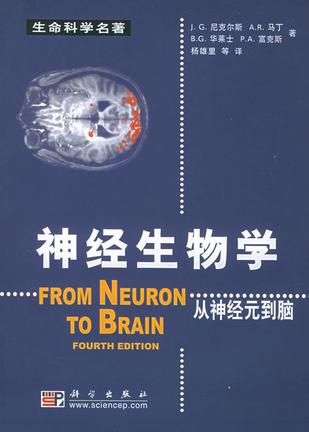
神经生物学
本书是神经生物学领域内的一本世界级名著,本版为跨世纪的第4版。内容涵盖了神经生物学的许多重要方面,系统介绍了神经生物学的基本概念、神经系统的功能及其细胞和分子机制。作者应用许多生动的实例,通过严密的逻辑组织起来,以展示神经生物学的发展脉络。结合300余幅制作精良的插图,为读者提供了这门重要学科的一幅有内在联系的全景图。全书把神经生物学的基本原理和近年进展紧密结合起来,文笔流畅,深入浅出,对相关领域的学生、教授和研究人员均是一本有用的参考书。 -
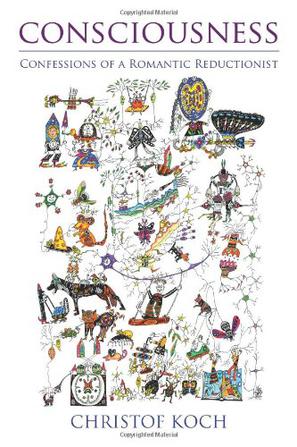
Consciousness
What links conscious experience of pain, joy, color, and smell to bioelectrical activity in the brain? How can anything physical give rise to nonphysical, subjective, conscious states? Christof Koch has devoted much of his career to bridging the seemingly unbridgeable gap between the physics of the brain and phenomenal experience. This engaging book--part scientific overview, part memoir, part futurist speculation--describes Koch's search for an empirical explanation for consciousness. Koch recounts not only the birth of the modern science of consciousness but also the subterranean motivation for his quest--his instinctual (if "romantic") belief that life is meaningful. Koch describes his own groundbreaking work with Francis Crick in the 1990s and 2000s and the gradual emergence of consciousness (once considered a "fringy" subject) as a legitimate topic for scientific investigation. Present at this paradigm shift were Koch and a handful of colleagues, including Ned Block, David Chalmers, Stanislas Dehaene, Giulio Tononi, Wolf Singer, and others. Aiding and abetting it were new techniques to listen in on the activity of individual nerve cells, clinical studies, and brain-imaging technologies that allowed safe and noninvasive study of the human brain in action. Koch gives us stories from the front lines of modern research into the neurobiology of consciousness as well as his own reflections on a variety of topics, including the distinction between attention and awareness, the unconscious, how neurons respond to Homer Simpson, the physics and biology of free will, dogs, Der Ring des Nibelungen, sentient machines, the loss of his belief in a personal God, and sadness. All of them are signposts in the pursuit of his life's work--to uncover the roots of consciousness. -
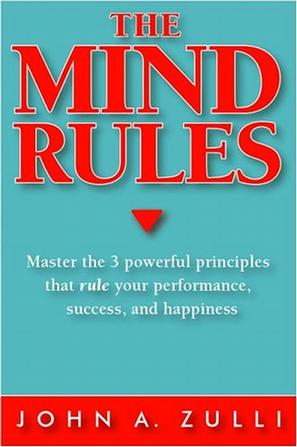
The Mind Rules
-
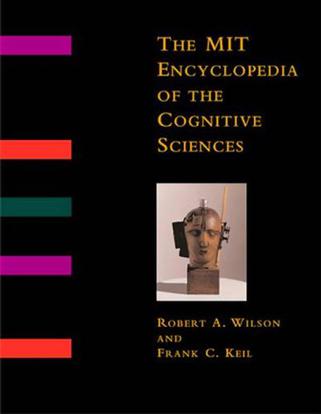
The MIT Encyclopedia of the Cognitive Sciences (MITECS) (Bradford Books)
This is a fully-searchable, complete text of the MIT Encyclopedia of the Cognitive Sciences (MITECS) on a dual-platform CD-ROM.
Since the 1970s the cognitive sciences have offered multidisciplinary ways of understanding the mind and cognition. The MIT Encyclopedia of the Cognitive Sciences (MITECS) is a landmark, comprehensive reference work that represents the methodological and theoretical diversity of this changing field.
At the core of the encyclopedia are 471 concise entries, from Acquisition and Adaptationism to Wundt and X-bar Theory. Each article, written by a leading researcher in the field, provides an accessible introduction to an important concept in the cognitive sciences, as well as references or further readings. Six extended essays, which collectively serve as a roadmap to the articles, provide overviews of each of six major areas of cognitive science: Philosophy; Psychology; Neurosciences; Computational Intelligence; Linguistics and Language; and Culture, Cognition, and Evolution. For both students and researchers, MITECS will be an indispensable guide to the current state of the cognitive sciences.
System requirements: Compatible with Windows 95, Windows NT (16MB of RAM available to Acrobat Reader; 10MB hard-disk space); Windows 3.1 and 3.11 for Workgroups (12MB hard-disk space); Macintosh and Power Macintosh (8MB of RAM available to Acrobat Reader, Apple System Software version 7.1.2 or later, and 12.5MB hard-disk space). -
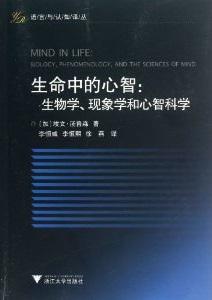
生命中的心智
大卫·J·查默斯编著的《有意识的心灵(一种基础理论研究)》立意超凡,出人意料的成功,是心灵哲学多年以来最好的著作。它蔑视传统,建构了一个反唯物主义正统的强大案例。众多唯物主义者必定纷纷请缨讨伐,但查默斯没有给他们留下多少反攻的余地。我们这些持相反立场的唯物论者不可能对查默斯的疏漏和误解抱怨不休——因为他并没有这种疏漏和误解。我们所能做的就是对观点倾向的平衡方式展开争论。 -
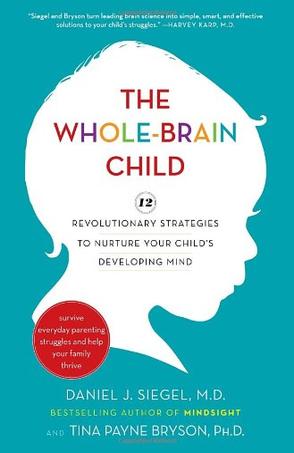
The Whole-Brain Child
Your toddler throws a tantrum in the middle of a store. Your preschooler refuses to get dressed. Your fifth-grader sulks on the bench instead of playing on the field. Do children conspire to make their parents’ lives endlessly challenging? No—it’s just their developing brain calling the shots! In this pioneering, practical book, Daniel J. Siegel, neuropsychiatrist and author of the bestselling Mindsight , and parenting expert Tina Payne Bryson demystify the meltdowns and aggravation, explaining the new science of how a child’s brain is wired and how it matures. The “upstairs brain,” which makes decisions and balances emotions, is under construction until the mid-twenties. And especially in young children, the right brain and its emotions tend to rule over the logic of the left brain. No wonder kids can seem—and feel—so out of control. By applying these discoveries to everyday parenting, you can turn any outburst, argument, or fear into a chance to integrate your child’s brain and foster vital growth. Raise calmer, happier children using twelve key strategies, including • Name It to Tame It: Corral raging right-brain behavior through left-brain storytelling, appealing to the left brain’s affinity for words and reasoning to calm emotional storms and bodily tension. • Engage, Don’t Enrage: Keep your child thinking and listening, instead of purely reacting. • Move It or Lose It: Use physical activities to shift your child’s emotional state. • Let the Clouds of Emotion Roll By: Guide your children when they are stuck on a negative emotion, and help them understand that feelings come and go. • SIFT: Help children pay attention to the Sensations, Images, Feelings, and Thoughts within them so that they can make better decisions and be more flexible. • Connect Through Conflict: Use discord to encourage empathy and greater social success. Complete with clear explanations, age-appropriate strategies for dealing with day-to-day struggles, and illustrations that will help you explain these concepts to your child, The Whole-Brain Child shows you how to cultivate healthy emotional and intellectual development so that your children can lead balanced, meaningful, and connected lives.